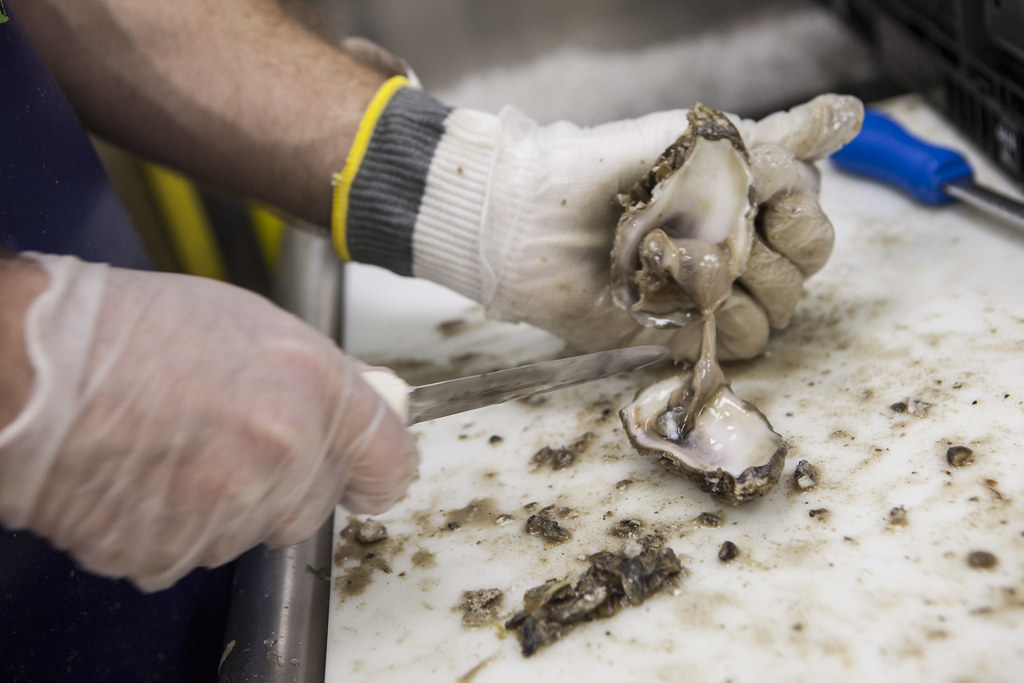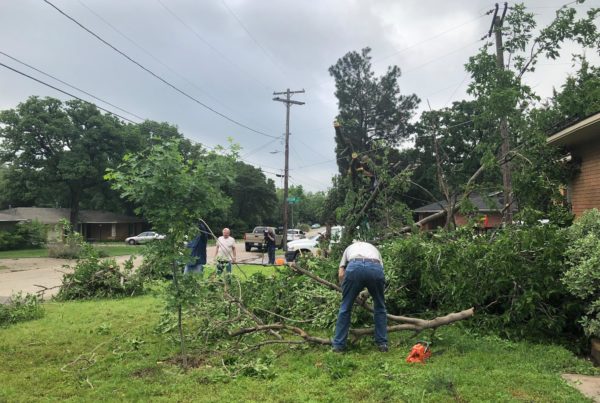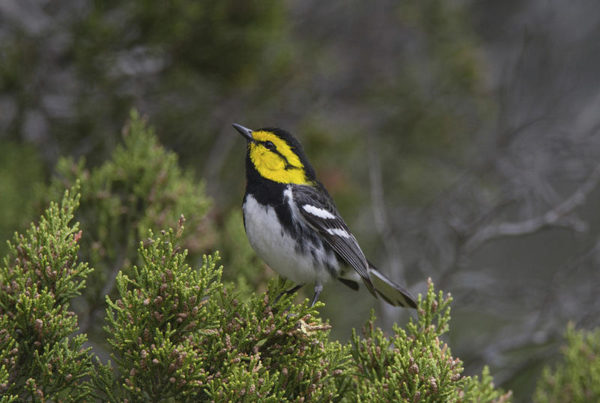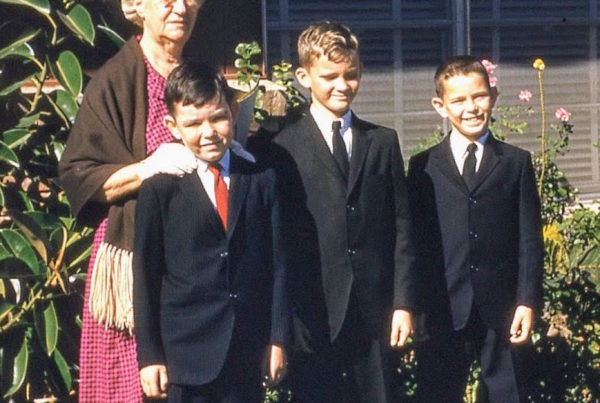On Sunday thousands of fish, crabs and other sea life washed up dead on beaches surrounding Galveston Bay. The Texas Department of State Health Services has warned people not to eat any seafood from the area, and it halted oyster harvesting in the bay indefinitely.
Jennifer Pollack is chair for coastal conservation and restoration at Texas A&M University-Corpus Christi’s Harte Research Institute, and says the dead sea life washed up after a ship carrying chemicals collided with a barge in the Houston Ship Channel, Friday. Those chemicals spilled into the channel and made their way into Galveston Bay.
Toxic chemicals, including a gasoline blend that contains benzene, likely spilled into the water, and Pollack says that’s a particular problem because of the bay’s robust oyster-harvesting industry.
“Galveston Bay is really the heart of oyster harvest in Texas,” Pollack says. “It’s the only bay in Texas where oyster harvesting happens year round.”
Galveston oyster farms were the only ones still operating in Texas this time of year, but now that state officials have halted the harvest, those farms and local economies could suffer financial consequences.
Pollack says oyster farmers and others are awaiting results from tissue-sample tests that will determine the extent of the damage the spill has had on local sea life.
“It remains to be seen how long this closure will hold up depending on what those results look like,” Pollack says.
She says state officials primarily want to determine how long it will be before it’s safe for local anglers, for example, to eat the fish they catch in the bay. She says the commercial oyster reefs, by contrast, are “robust structures” that can regenerate fairly quickly, even if many of the existing oysters inside their shells are dead from the spill.
“Those shells actually do form the building blocks for new, baby, larval oysters to attach themselves onto, and can help jump-start a new reef,” Pollack says. “If the shells are still in place, even if the oysters aren’t there, some of the ecological benefits hopefully will come back on track relatively quickly.”
She says “quickly” could mean a few months, but that also depends on how long it takes for the chemicals to dissipate.
The oyster life cycle is short: Pollack says it takes 18-24 months for Texas oysters to grow from larvae into 3-inch, commercially viable oysters.
Written by Caroline Covington.
















